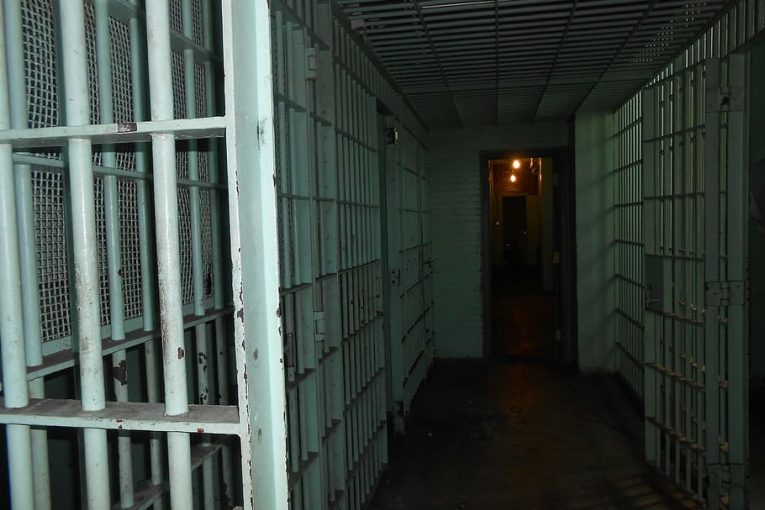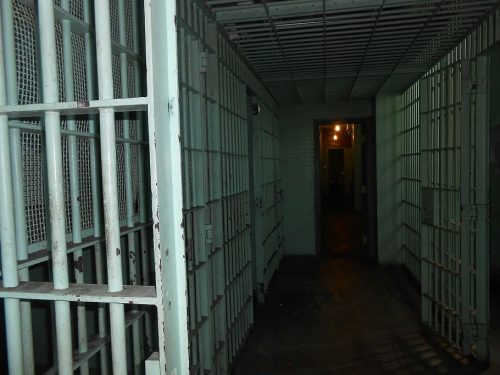

By Cheyenne Galloway
WASHINGTON, DC – The use of private prisons to house incarcerated people has increased since the turn of the century, according to Kristen Budd and Niki Monazzam of The Sentencing Project, who add, “Private for-profit prisons incarcerated 96,370 American residents in 2021, representing eight percent of the total state and federal prison population.”
But private prison use in the federal system has soared by nearly 40 percent since 2000.
“Political influences have been instrumental in securing the growth of for-profit private prisons. However, if overall prison populations continue the current trend of modest declines, the privatization debate will likely intensify as opportunities for the prison industry decrease and corporations seek to make profits in related corrections areas,” they note.
Although the rapid expansion of privately run prison facilities is relatively new, mass incarceration in the U.S. took shape in the 1980s, which burdened the public sector, leading to the emergence of “for-profit prisons” developed within the federal system as a whole and individual state system, explain Budd and Monazzam.
Later in the report, the authors determine that the number of individuals in private prisons is not disproportionate to those in public prisons; studies reveal that in 2000 the percentage of inmates housed in private prisons was eight percent, comparable to current data.
However, the report suggests, “Fluctuations in the total number of people imprisoned over 20 years translated to a 10 percent rise in the number of people in private prisons.”
But, although the incarcerated population in private facilities has decreased remarkably since 2012, prison systems continue to rely on privatization, specifically the federal Bureau of Prisons (BOP), whose reliance on these privatized facilities has grown by a whopping 39 percent since 2000, the report reveals.
Authors Budd and Monazzam state, “The number of people in federal custody in its [the BOP’s] private facilities totaled 21,565 people in 2021,” explaining President Joe Biden aimed to reduce this number by issuing “an executive order to phase out the BOP’s use of private prison beds.”
But, the authors add, the effort proved futile, and there are still countless incarcerated people in “for-profit prisons.”
The facilities and functionalities of these institutions differ from state to state and even federally (including Washington, DC), the report explains, noting in Montana roughly half of its prison population is housed in private prisons.
Meanwhile, some states do not utilize private prisons at all, according to the report, reflecting, “A total of 27 states and the federal government use private corporations like GEO Group, Core Civic, LaSalle Corrections, and Management and Training Corporation to run some of their corrections facilities.”
More than half of the U.S. utilizes private prisons in some form, with several states, such as New Mexico, Tennessee, Arizona, Hawaii and Oklahoma heavily relying on these facilities, the report said.
These states, the authors show, house more of their inmates in these private prisons—between “21 percent and 45 percent of the prison population resides in a for-profit prison.”
The privatization and profitability of prisons have been a long and contested debate, and they pose a threat to democracy, with political influences playing a part in the growth of these “for-profit prisons,” the report said.
Notably, the authors reveal the U.S. Department of Homeland Security reported “there is an average of 19,254 people held daily in immigrant detention, and 79 percent of this population is held in privately run facilities.”